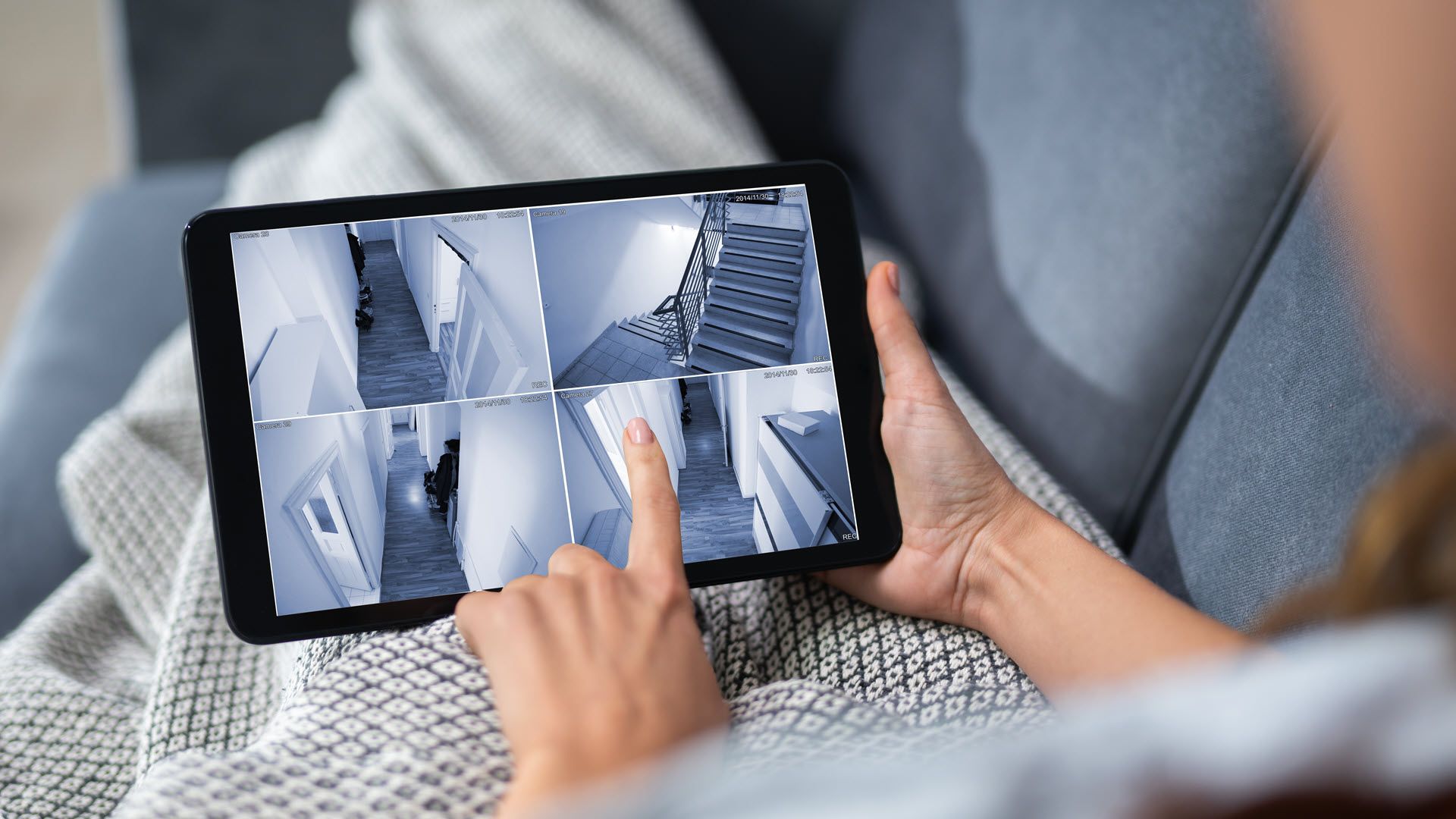Key Takeaways
- Smart devices rarely receive software updates and are vulnerable to hacking.
- Smart TVs collect user data, and internet-connected cameras are at risk of being accessible online or hacked.
- Create a separate WiFi network for smart devices, set up a firewall, and disable UPnP to reduce the chance of your smart devices being turned against you.
You’ve probably connected smart devices like fridges, toothbrushes, light bulbs, TVs, and internet-connected CCTV cameras to your home Wi-Fi without a second thought. But do you know what they’re up to? Most of the time, they’re just idly waiting for your command. Sometimes, they’re up to no good.
Smart Devices are Rarely Patched and Get Hacked
Smart devices, including Internet of Things (IoT) devices like thermostats and even heart monitors, have a bad cybersecurity reputation due to their numerous vulnerabilities. They rarely receive updates (if they ever receive any at all) to their code to address security holes that have been discovered, leading to things like the Mirai malware, which spread between IoT devices and was then used to launch DDoS attacks against third parties.
Even seemingly innocuous devices like Android streaming boxes aren’t safe from being hacked and exploited.
This is why it’s important that you choose smart devices from established companies with a good track record for providing security updates. It may cost a little more up-front, but it will help protect your home network from becoming a playground for hackers.
Your Smart Devices Might Be Trying To Monitor You
Along with being a target for hacking, smart TVs are notorious for collecting information about your usage, from what you watch, to the apps you install, and what you do with them. While you can opt out of some of this collection, to fully escape this kind of data collection, you’re probably better off disconnecting your TV from the internet entirely.
Internet connected cameras are an obvious concern here, too. CCTV solutions with poor security may leave your video feeds accessible to anyone on the internet who cares to go looking for them, or the devices themselves may be hacked and put under full control of a bad actor.
Isolate Your Smart Devices On Their Own Wi-Fi Network
The best way to combat these problems is just to not have any smart home devices that require an internet connection; people have gotten by just fine without AI-powered fridges. Sometimes, though, smart devices just make sense. Being able to remote-control lights isn’t just convenient when you don’t want to get up from the couch, it can greatly help those with limited mobility. Internet-connected cameras are a privacy concern, but are vital for those who have been victims of theft and need extra peace-of-mind.
Many internet routers (that’s the box that connects to the internet and provides your Wi-Fi connection) let you create a guest Wi-Fi network that can’t access your main network. By creating a separate network and only connecting your smart devices to it, they can’t be used as a path by hackers to get to your more important devices like laptops, tablets and phones.
It usually doesn’t take more than a few minutes to set up and greatly improves your security.
Create a Firewall to Control What Smart Devices Can Do
If your smart devices don’t need to connect to the internet, you can set up your separate network so that it has no outside connection. If they do, you can set up firewall rules to make sure that they can only communicate with their manufacturers’ servers, helping prevent them becoming an attack vector for hackers. If you’ve got the patience, you can also find out what addresses are used to collect usage metrics and block those little privacy invasions, too.
You should also disable UPnP on your isolated IoT network to stop your devices from opening up connections that could expose your camera feeds and other services to the outside world.
Security and privacy is a constant struggle in our connected world. By following best practices, and carefully choosing what smart products you use, you can reduce the number of ways your devices expose you online.

